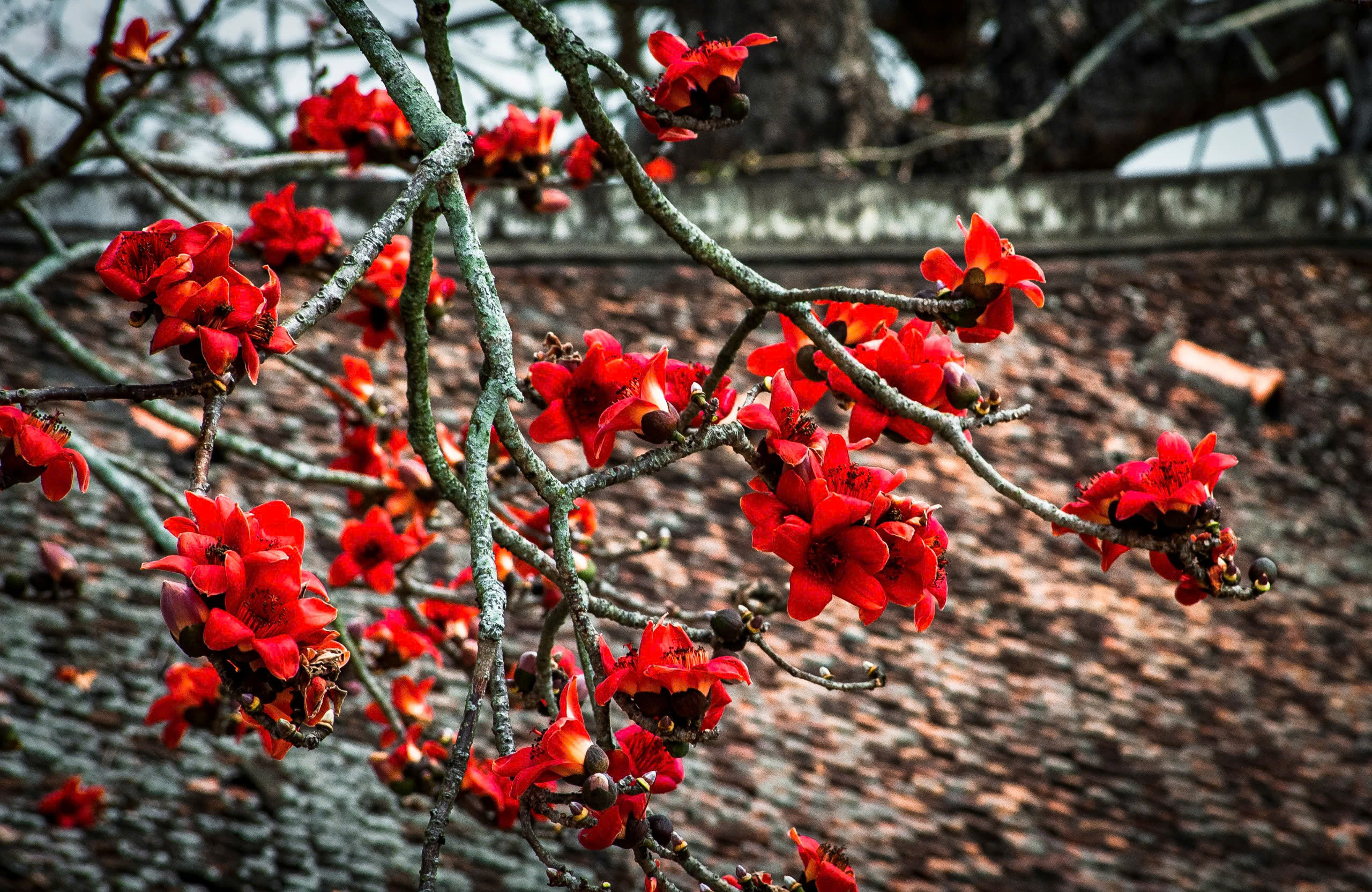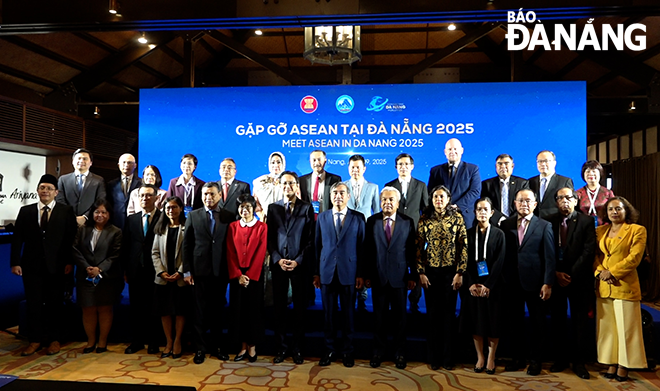Museum of marine culture: a must for seaside city
Da Nang has a 90km coastline, and it, therefore, boasts the rich history of distinctive marine culture. In deed, the city-based museums of Da Nang and Dong Dinh are must-see attractions for those interested in grasping an insight into the daily lives of local hard-working fishermen and their fishing activities.
 |
| Visitors viewing a model of a fishing boat at the Museum of Da Nang |
On entering the Museum of Da Nang, visitors will be deeply impressed by a special area featuring exhibits on the development history of the city’s seaports, and the daily lives of local fishermen over the historical periods.
Most notable amongst the exhibits here is a model of ‘ghe bau’ (wooden barges)- one of the typical fishing tools for use in coastal areas of the former Quang Nam-Da Nang Province, and the south central region as a whole. Between the 16th and 19th centuries, these vessels of between 50 and 100 DWT each, were widely used to carry goods on sea routes linking Da Nang with other coastal localities nationwide, and with foreign countries including Japan and China. In addition to this type of boat, the display area also features other traditional Vietnamese fishing tools, including fishing nets and rods, and sea rakes.
Moreover, this area also shows off the images of the annual Cau Ngu (Fish Worshipping) Festival which is one of the most important events in the cultural and spiritual lives of local fishermen. This traditional event shows the local fishermen’s strong desire for peaceful offshore fishing trips, with bumper catches. During this annual festival, there are the traditional whale worshipping ceremony and various interesting games like the twirling basket, swing, tug-of-war, net-weaving competitions, along with special dancing and singing performances.
One striking feature of the Dong Dinh Museum on coastal Hoang Sa Street is its display area, entitled ‘Memories of Fishing Villages’. Indeed, the area is a must-see for anyone who wants to learn more about traditional fishing tools, many of which were collected from the Nam Tho fishing village located at the foot of the Son Tra Mountain.
The owner of the museum, is Meritorious Artist Doan Huy Giao, who is a nationally-renowned poet and documentary film director as well as a very ardent collector of antiques and art. He proudly remarked that the museum helps to preserve the city’s marine cultural values in the current context of local rapid urbanisation.
Mr Bui Van Tieng, the Chairman of the city’s Union of Literature and Arts Associations, said that, in addition to the existing museums mentioned above, the Hoang Sa Exhibition House is now under construction and it is expected to be a new attraction that visitors to the city donot want to miss.
The exhibition house will become a centre providing the Hoang Sa archipelago -related historical information for locals and visitors from both home and abroad to help them understand more about the country’s legitimate sovereignty over the islands.
In particular, with his deep concern over the preservation of the local marine culture, Mr Tieng highlighted the significance of establishing a museum of marine culture in the city.
Fully concurring with Mr Tieng’s idea, Mr Huynh Dinh Quoc Thien, the Director of the Museum of Da Nang, proposed that the national government should give the green light to the construction of a city-based national museum of marine culture because such a museum is a must for this beautiful seaside city to fully tap of its great marine cultural values.




